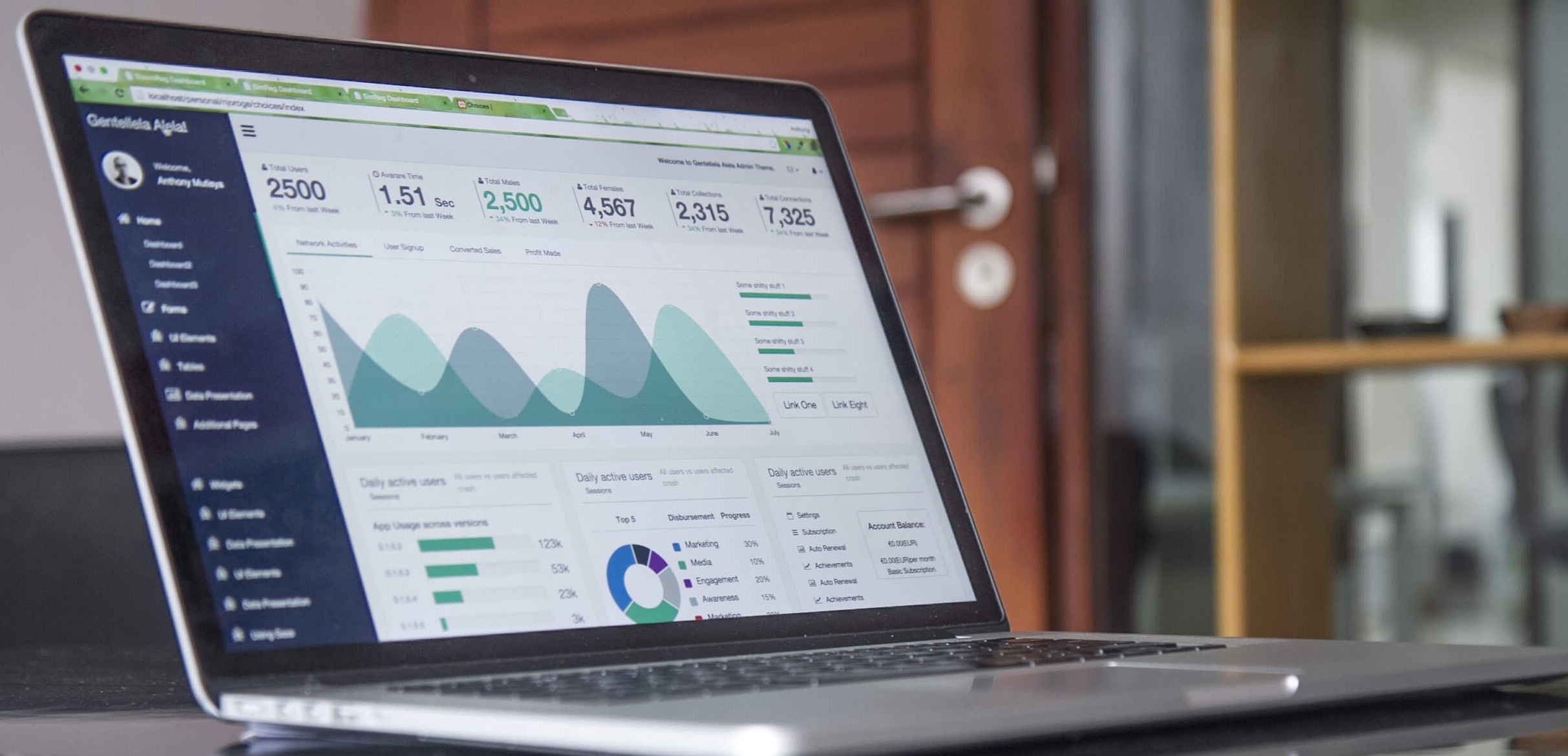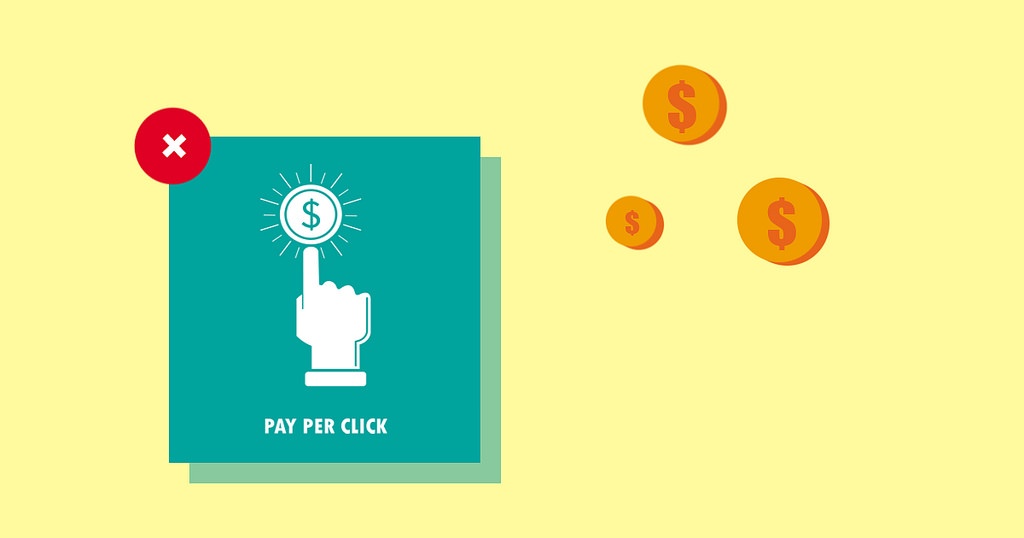Investing in Pay-Per-Click advertising, or PPC, is an integral part of any digital marketing plan. Cost-Per-Click, or CPC, represents the cost of each click you get from Google AdWords. As you invest in PPC, CPC can add up! That’s why we want help you reduce your PPC costs, without reducing the effectiveness of your campaign.
Though search engines have been around for a while, it wasn’t until 2000 that they became a true cornerstone of the web. Nowadays, most people start their browsing at Google, or possibly Yahoo or Bing. (link 2)

Back then, PPC was much simpler. The highest bidder got the highest ranking. However, this presented a problem regarding relevancy. That’s why Google developed Quality Score. Quality Score takes into account a number of factors that will influence an ad’s ranking on Google.
For Google, PPC makes up the majority of their overall revenues. While that’s awesome for Google, we want to help you optimize your own profits. One way to do that is to lower your CPC strategically. Here’s how you can get a lower CPC:
1. Switch from automatic bidding to manual bidding
Automatic bidding is an easy way to start out with PPC advertising. You set your budget, and Google does everything else. However, this convenience could be costing you in the long run.
Automatic bidding gives Google the choice in how your money is distributed among keywords. By switching to manual, you take this power back. You can personalize which keywords you want, based on which ones are actually resulting in conversions.
We suggest pinpointing which of your keywords have been performing best for you. You can tell based on the sales section in your statistics report. Choose those top keywords to increase bids on. Along the same lines, lower bids for keywords that had poor sales generation.
You know your company best. While Google’s algorithms are advanced, they still might be mismanaging your budget by spending on keywords that aren’t bringing in optimal conversions.
This might sound like a little more work, but it’s worth it. One added convenience of manual bidding is that you can regularly and quickly make adjustments to your ads if you notice something’s off. You can’t do that on automatic.
2. Include long tail keywords
Long tail keywords are awesome for a a lot reasons. First of all, they usually have higher Quality Scores. As your Quality Score goes up, your CPC typically goes down. Another benefit is that they are cheaper than short tail.
Popular short tail keywords are in high demand, and have a price to prove it. They also might be wasting your budget. Since these keywords are short, they are more easily misinterpreted. They run a greater risk of bringing up irrelevant searches. And in the game of PPC, relevancy is everything.
You can use the Keyword Planner’s filter and set it to Low to High. Then try to find some relevant long tail keywords that have high search volumes, but are also priced reasonably. You want the greatest value for your CPC dollars.

3. Include negative keywords
Negative keywords stop your ad from showing up in searches that contain them. They can greatly benefit your CTR, or “click-through-rate.” By reducing the irrelevant searches your ad shows up in, a higher ratio of interested searchers will click on your ad. A good CTR maintains your Quality Score, and thus lowers your CPC.
It’s important to regularly scan your search keywords for ones that might be lowering CTR. Then, turn them into new negative keywords. As you go along this process, your ads will garner more and more relevant searches.
By implementing negative keywords, you will save yourself from wasting your budget on unwanted clicks and CTR-lowering searches. You will rise in relevancy too, which brings us to our next tip...
4. Focus on relevancy of ad groups
As mentioned, you want your ads to reach a relevant audience. Not only will this encourage more conversions, but it benefits your Quality Score.
For this reason, it’s important to keep your ad groups focused on specific products and services you offer. You want to stay away from vague, generalized ads.
Think from a potential customer’s perspective -- if they are going to result in a conversion, it’s probably because they were already looking for specific product or service.
A general rule is to tailor each ad to a narrow theme with a narrow list of keywords to match. This will optimize relevancy, and in turn, lower CPC. For example, if you offer a variety of health services, create an ad for just one. Narrow in on the right keywords for that service.

5. Improve your Landing Page
Your landing page is another big factor in your Quality Score. Keep in line with general SEM (search engine marketing) practices -- make sure that your landing page has relevant keywords in the title and descriptions. Include these keywords in your ad copy and ad group as well.
This way, Google knows your page is relevant to the ad and your customers have an easy experience navigating your page. Make sure your landing page is mobile-optimized and loads quickly. Also maintain an easy-to-navigate website so conversions happen with ease.
You can’t just make your website’s homepage the landing page. In fact, you should narrow in as specifically as you can within your website. If your ad is for a certain product, make the landing page that product’s purchase page. This should also boost conversions.
If you’re not sure where to start with improvements of your landing page, just change one thing at a time and see what works. Experimentation can pave the way to a top notch landing page.
With a quality landing page that’s optimally relevant to your ad, you can watch your Quality Score go up, and your CPC go down.
6. Lower bids
Once you’ve successfully implemented tips 1 through 5, you can rest assured that your ad, keywords, and landing page are in good order. As a final attempt to lower CPC, you can try out lowering your bids slightly.
Keep a close eye on your position. If it starts to drop, stop. However, there is often some wiggle room that you can play with before that starts to happen.
As you can see, there are many ways you can maximize the value of your PPC budget. Keep costs low by taking CPC factors into your own hands. Remember that relevancy and your Quality Score are the name of the game. What are you waiting for? Go lower your CPC!
Tried all these, and you still don't know what's going on?!
We can help.



